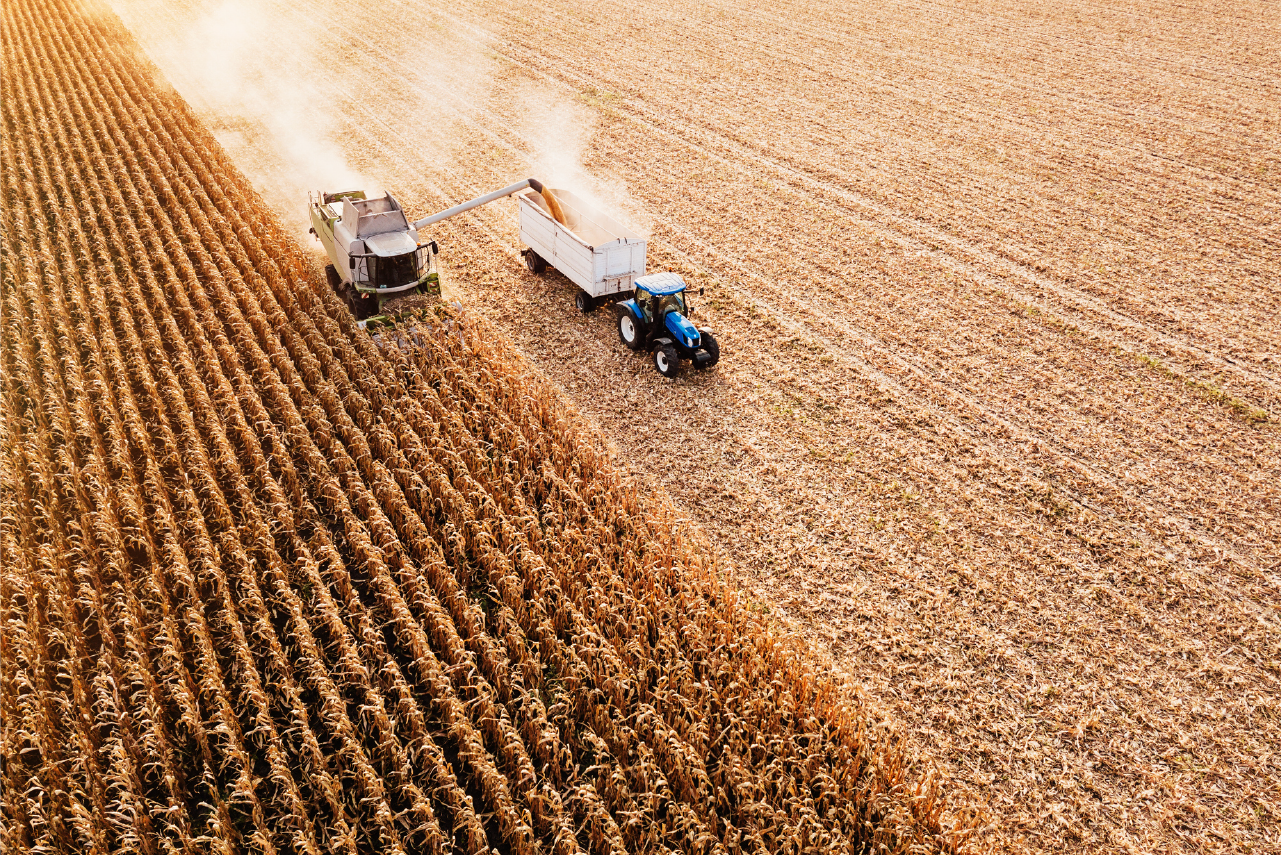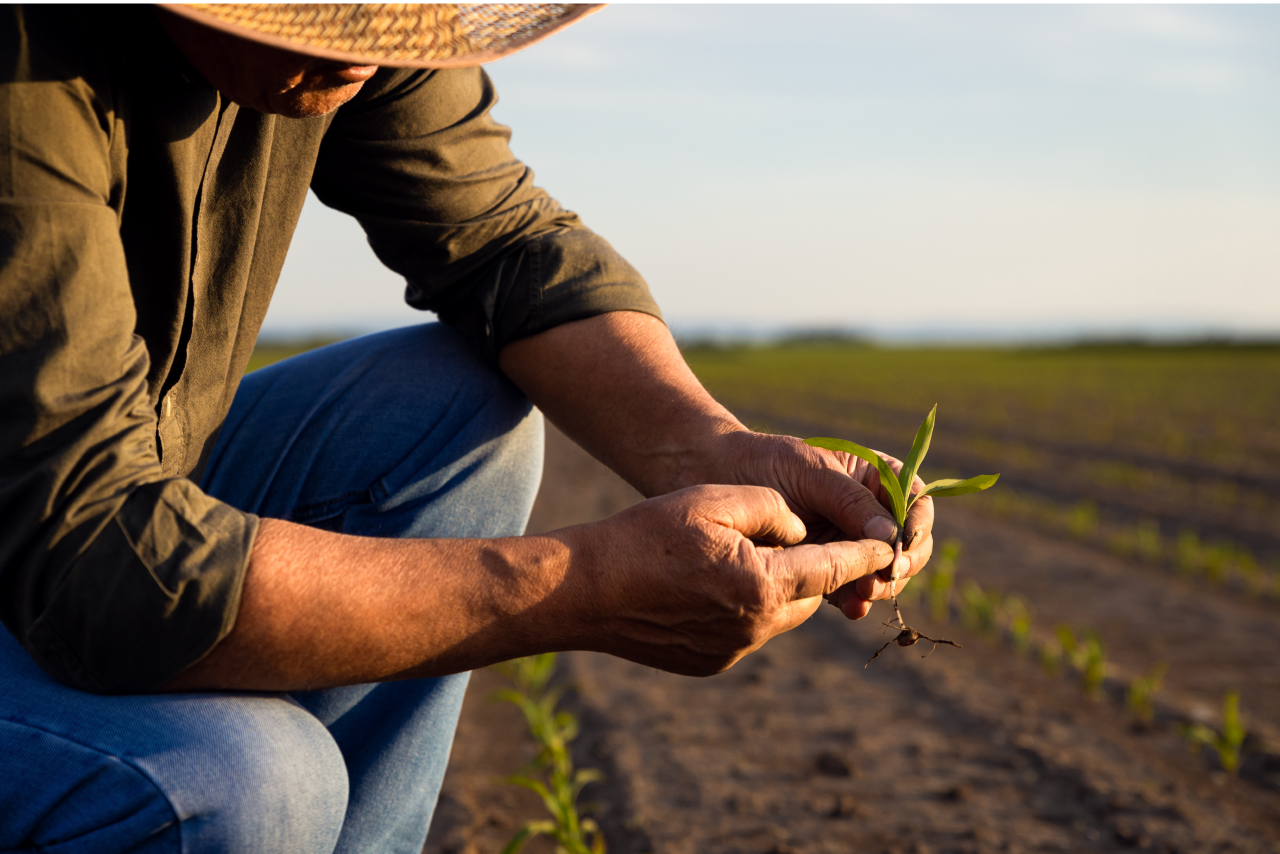When it comes to the agricultural sector, market risks are abound. Agricultural commodities, including grains, beans and rice, are among the most widely traded goods globally. Given the broad distribution of growing regions and the use of these commodities in a wide range of products – from consumer-packaged goods (CPGs) to animal feed – their supply chains and markets are constantly and rapidly evolving to meet supply shortfalls, logistical constraints or economic development.

Change and risk are the only constants in agricultural markets
When it comes to the agricultural sector, market risks are abound. Agricultural commodities, including grains, beans and rice, are among the most widely traded goods globally. Given the broad distribution of growing regions and the use of these commodities in a wide range of products – from consumer-packaged goods (CPGs) to animal feed – their supply chains and markets are constantly and rapidly evolving to meet supply shortfalls, logistical constraints or economic development. With these changes, the risks and challenges change as well.
Here are some factors for supply-demand fluctuations that lead to higher costs, increased volatility and risks:
- Weather (particularly precipitation patterns)
- Geopolitical developments (such as tariffs)
- Regulations (including genetically modified crop tracking or bio-fuel mandates)
- Crop failure due to disease or insects
- Changing consumer habits and tastes
An evolving marketplace
Agricultural markets have also been impacted by near continuous consolidation and reformation as companies up and down the value chain combine or refocus through mergers, divestitures, and reorganizations. These changes reflect both strategy – consolidate market share from farm to consumers – and a reaction to the near constant shifts in global supply and demand patterns that require near continuous shuffling and re-optimization of asset portfolios. While much of the merger, acquisition and divesture activity has been driven most obviously by the global-scale merchants; regional operations, including coops and merchants, have also sought to gain additional market share via consolidation.
CTRM in ags
Managing your agricultural business while addressing risks and staying abreast of developments in global markets requires a significant investment in software systems and technical capabilities. In particular, commodity trading and risk management (CTRM) for agricultural commodities are required by merchants, processors, traders and industrial-scale commodity consumers to accurately record, track and manage their businesses, providing capabilities such as contract/deal capture, inventory tracking and valuation, and risk management (usually focused on hedging).
While CTRM solutions can provide some agricultural-specific capabilities that may not be found in off-the-shelf CTRM solutions, few of these applications can model, capture and manage many of the complex business activities across the value chain of grains and other agricultural commodities. Additionally, the scope and range of processes and activities in the ags supply chain will vary not only by commodity, but also region, and can require any number of supporting capabilities that fall outside the scope of many of these systems. These capabilities can include, but are certainly not limited to:
- Farm technologies including crop management solutions and market communications
- Elevators/storage solutions for capturing origination, inventory and sales
- Logistics solutions for truck tracking and management, scale management, and inventory management covering offsite (on farm), onsite, and in-transit volumes
- Hedging activity management for better visibility and control over risk
Few systems address any of these capabilities, and, due to the monolithic nature of their solutions, they lack the flexibility to quickly add capabilities or functionality as your company’s strategies and asset mix change. As such, most companies whose businesses operate along the wide-ranging “field to fork” operations must rely on a multitude of systems, including ERP, CTRM/CM, CRM, spreadsheets and custom developed software.
Recognizing the limitations of these types of architectures, Eka developed the Commodity Trading and Risk Management platform. Eka’s platform enables ag producers, traders, merchants and CPGs to leverage a variety of pre-built (or custom developed) apps to gain insights into both their operations and market developments to identify opportunities and limit risks. With capabilities that span the breadth of the agricultural supply chain, Eka’s platform can quickly integrate with any ERP, Financial Management solution, internal data sources such as spreadsheets and external sources such as markets feeds, allowing companies to leverage existing IT investments while gaining the critical capabilities to operate in today’s rapidly changing markets. Talk to our experts to get a free consultation on how Eka can help your business.
Talk to our experts to get a free consultation on how Eka can help your business.
Other resources

Modernizing grains value chain
Modernize workflows from farm to fork, optimize operations, automate workflows, increase profits and reduce risk. Global grain trade is characterized by constant volatility – climate change, trade wars, frequent price fluctuations to name a few.

Invisible strings controlling the agribusiness supply chain
When it comes to the agricultural sector, market risks are abound. Agricultural commodities, including grains, beans and rice, are among the most widely traded goods globally.

Modernize workflows from farm to fork, optimize operations, automate workflows, increase profits and reduce risk. Global grain trade is characterized by constant volatility – climate change, trade wars, frequent price fluctuations to name a few.

When it comes to the agricultural sector, market risks are abound. Agricultural commodities, including grains, beans and rice, are among the most widely traded goods globally.